Connecting infrastructure, physical driving force for regional growth
After the Southeast Regional Planning for the period 2021 - 2030, with a vision to 2050, was approved by the Prime Minister in Decision No. 370/QD-TTg, a new development phase has opened for the region known as the "economic heart" of the country. However, this vision will only remain an aspiration without concrete, drastic and synchronous actions.
According to regional economic experts, to realize the regional planning, the Southeast needs to implement a development strategy based on three core pillars: infrastructure, institutions, and people. These are three foundations that are consistent and mutually complementary, and if organized synchronously, will become the driving force leading the region to transform strongly in the context of increasingly fierce regional and global competition.
Regional planning has emphasized the role of infrastructure as an indispensable pillar in the modern regional development model. Key transport projects being and will be implemented in the region are highly strategic, including: Long Thanh International Airport, Ho Chi Minh City - Moc Bai, Bien Hoa - Vung Tau, Ho Chi Minh City - Chon Thanh expressways, Ho Chi Minh City Ring Roads 3 and 4, Bien Hoa - Vung Tau railway, logistics systems in Long Thanh, Thi Vai - Cai Mep, Binh Duong, etc.
Mr. Nguyen Van Tho, Chairman of the People's Committee of Ba Ria - Vung Tau province, said: "The regional traffic routes are being rapidly deployed. This will be a big boost to help promote the strengths of deep-water seaports, bringing the province's logistics and industry deeper into the regional value chain."
Not stopping at transport infrastructure, the Southeast needs to take the lead in developing digital infrastructure, the new pillar of the digital economy. The region needs to invest synchronously in telecommunications infrastructure, big data, digital centers, artificial intelligence (AI), along with smart urban management platforms. In parallel, energy infrastructure, especially clean energy, high voltage, clean water and industrial waste treatment, is needed to serve the rapid increase in urban population, industry and modern services.
Associate Professor Dr. Nguyen Minh Hoa, a regional planning expert, emphasized: “Without an integrated infrastructure system, it is impossible to talk about a modern economic region. Infrastructure must go one step ahead, as the foundation to activate investment, industrialization and quality urbanization.”
Linking institutions, levers to promote effective regional governance
In addition to infrastructure, regional coordination institutions are a necessary condition to ensure harmonious and non-fragmented development. In the context that localities in the region still operate relatively independently, many opinions suggest that it is necessary to soon establish a Southeast Regional Development Coordination Board with strong enough authority to direct, supervise, and regulate strategies and projects of regional linkage.
 |
The Southeast needs to develop high-quality human resources through market-linked training. |
Chairman of the Ho Chi Minh City People's Committee Phan Van Mai affirmed: "Regional connectivity cannot be effective without a strong coordination mechanism. Ho Chi Minh City is ready to be the nucleus of development and resource sharing, but needs a mechanism strong enough to gather and coordinate to ensure common interests."
To promote effective public investment and balanced development, the Government also needs to consider a specific budget mechanism for leading localities such as Ho Chi Minh City, Binh Duong, and Dong Nai to allow proactive capital attraction, testing of breakthrough policies (sandbox) and strengthening public-private partnership (PPP) in essential areas.
Simplifying administrative procedures, enhancing local autonomy in appraising and approving investment projects, reducing informal costs, and increasing transparency are the "keys" to strongly improving the investment and competitive environment.
If infrastructure is the physical foundation, institutions are the operating framework, then people are the center and long-term driving force of regional development.
To build high-quality human resources, the Southeast needs to promote training linked to market needs, through links between schools, businesses, and management agencies, in areas such as logistics, finance, high technology, automation, artificial intelligence, and renewable energy.
Chairman of Binh Duong Provincial People's Committee Vo Van Minh said: "We are implementing training programs in conjunction with FDI enterprises, connecting industrial parks and universities. This not only solves the "problem" of local human resources, but also creates a driving force that spreads throughout the region."
At the same time, it is necessary to build a mechanism to attract overseas Vietnamese experts, intellectuals and international scientists with flexible remuneration policies, housing, creative working environment and career development opportunities.
In particular, large cities such as Ho Chi Minh City, Bien Hoa, and Thu Dau Mot need to be planned to become learning cities and knowledge centers with a lifelong learning ecosystem, constant and widespread innovation.
Developing regional connectivity, a key lever for sustainable growth
The three pillars cannot be fully developed without a space for real regional connectivity development. Regional connectivity is not only about infrastructure connection, but also about strategic coordination between localities, reasonable role assignment, resource sharing, avoiding overlapping functions and unhealthy competition.
 |
Infrastructure is one of the three main pillars for the Southeast region to become the leading economic, financial and creative region in the Asia-Pacific region. |
According to the planning orientation, it is necessary to divide roles according to functional clusters, accordingly; Ho Chi Minh City will become a center of finance, innovation, international services, education, high-quality healthcare; Binh Duong, Dong Nai, Ba Ria - Vung Tau will become clusters of high-tech industry, logistics, energy, seaports; Tay Ninh, Binh Phuoc will become high-tech agricultural production areas, renewable energy, border economy.
In the context of administrative restructuring, it is possible to consider the model of administrative association or consolidation between a number of localities. This can be the basis for forming specific administrative and economic units, helping to manage more effectively, allocate investment reasonably and organize integrated development space.
Dr. Tran Du Lich, an economic expert, assessed: “Regional linkage must be based on a strong institutional foundation and a commitment to substantial cooperation. Without integrated planning, the region will continue to develop fragmentedly and lack diffusion.”
An important pillar of regional development is to attract selective investment, aiming for high added value. Instead of prioritizing quantity, the Southeast needs to clearly define a list of priority sectors: semiconductors, clean industry, digital technology, international logistics, education, high-quality healthcare, and green tourism.
High-tech zones, innovation centers, international financial zones, and smart export processing zones need to be systematically planned, have synchronous infrastructure, and have flexible operating mechanisms in line with global standards.
Along with that is the key task: improving the investment environment, through process transparency, cutting informal costs, enhancing dialogue between businesses and authorities, and improving public management capacity.
Only when businesses are confident in a transparent, stable and predictable long-term investment environment can the region maintain its attractiveness and avoid the risk of capital shifting to competitive markets in the region.
Currently, the Southeast region is facing a golden opportunity to affirm its position as the leading economic, financial and creative center of the country and the region. However, the opportunity will only come to fruition when there are systematic, synchronous and substantial actions.
The three pillars of “infrastructure - institutions - people”, if placed in a tightly linked regional ecosystem and selectively attracting investment, will become a strategic launching pad to realize the 370/QD-TTg Plan. Only when these three pillars are synchronized, can the Southeast not only lead the Vietnamese economy, but also reach the Asia-Pacific region in the new era.
Administrative restructuring, strategic role assignment and establishment of a strong enough coordinating institution will be the premise for the Southeast to rise up to become the leading economic, financial and creative region in the Asia-Pacific region, realizing the vision by 2050.
Source: https://baophapluat.vn/quy-hoach-vung-dong-nam-bo-tam-nhin-2050-bai-2-ba-tru-cot-chien-luoc-cho-phat-trien-vung-post545406.html


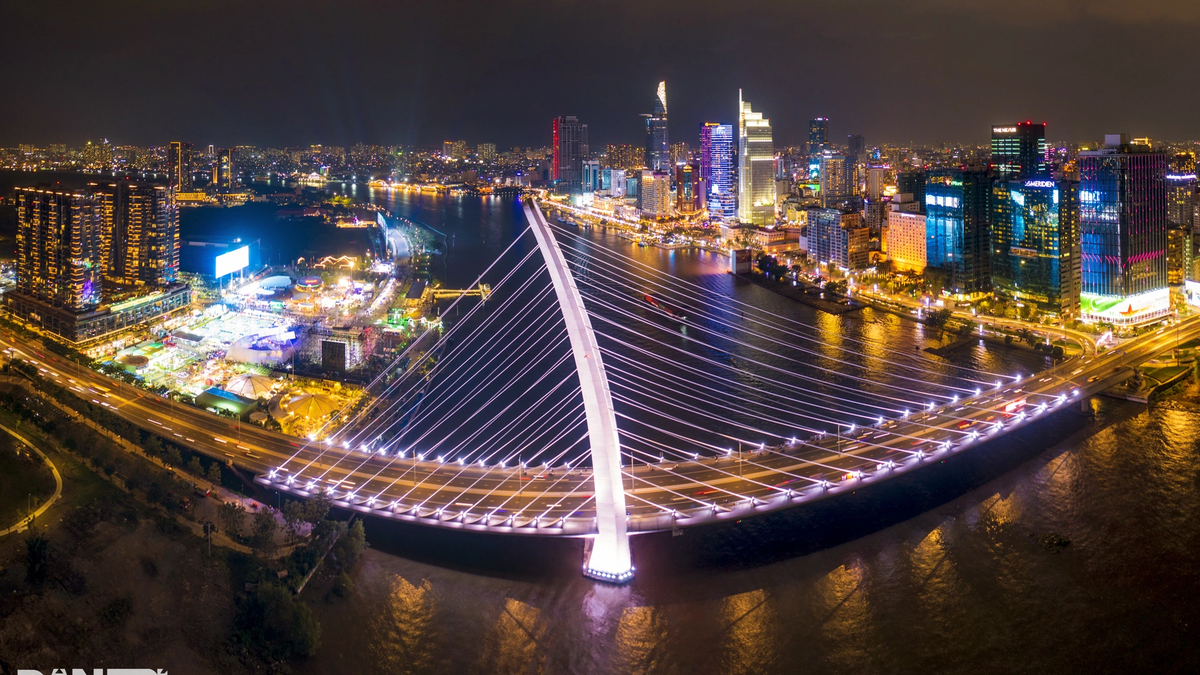
![[Photo] Ho Chi Minh City residents "stay up all night" waiting for the April 30th celebration](https://vphoto.vietnam.vn/thumb/1200x675/vietnam/resource/IMAGE/2025/4/30/560e44ae9dad47669cbc4415766deccf)
![[Photo] General Secretary attends special art program "Spring of Unification"](https://vphoto.vietnam.vn/thumb/1200x675/vietnam/resource/IMAGE/2025/4/29/e90c8902ae5c4958b79e26b20700a980)
![[Photo] Hanoi is brightly decorated to celebrate the 50th anniversary of National Reunification Day](https://vphoto.vietnam.vn/thumb/1200x675/vietnam/resource/IMAGE/2025/4/29/ad75eff9e4e14ac2af4e6636843a6b53)
![[Photo] Ho Chi Minh City: People are willing to stay up all night to watch the parade](https://vphoto.vietnam.vn/thumb/1200x675/vietnam/resource/IMAGE/2025/4/29/cf71fdfd4d814022ac35377a7f34dfd1)
![[Photo] Nghe An: Bustling atmosphere celebrating the 50th anniversary of Southern Liberation and National Reunification Day](https://vphoto.vietnam.vn/thumb/1200x675/vietnam/resource/IMAGE/2025/4/29/64f2981da7bb4b0eb1940aa64034e6a7)





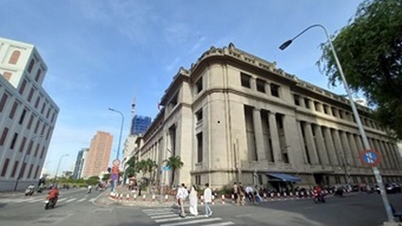





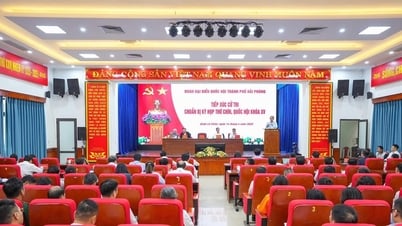
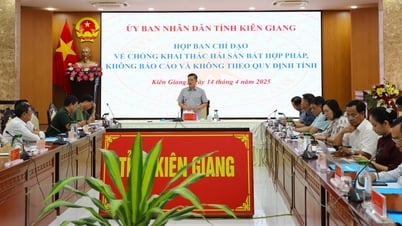



![[Photo] People choose places to watch the parade from noon on April 29](https://vphoto.vietnam.vn/thumb/1200x675/vietnam/resource/IMAGE/2025/4/29/3f7525d7a7154d839ff9154db2ecbb1b)
![[Photo] Prime Minister Pham Minh Chinh meets to prepare for negotiations with the United States](https://vphoto.vietnam.vn/thumb/1200x675/vietnam/resource/IMAGE/2025/4/29/76e3106b9a114f37a2905bc41df55f48)


































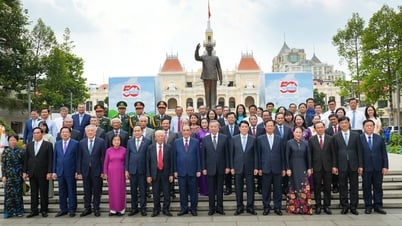

































Comment (0)